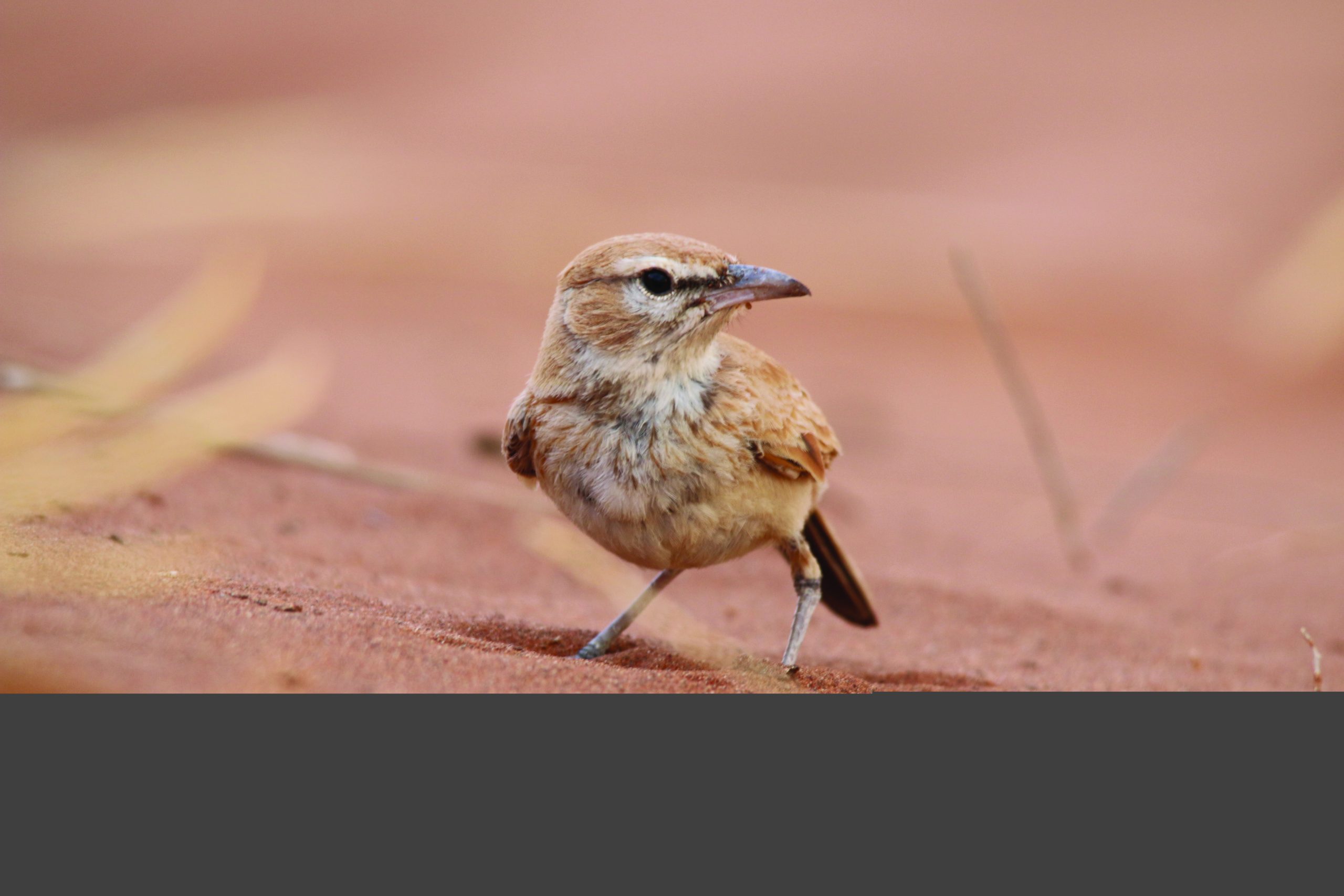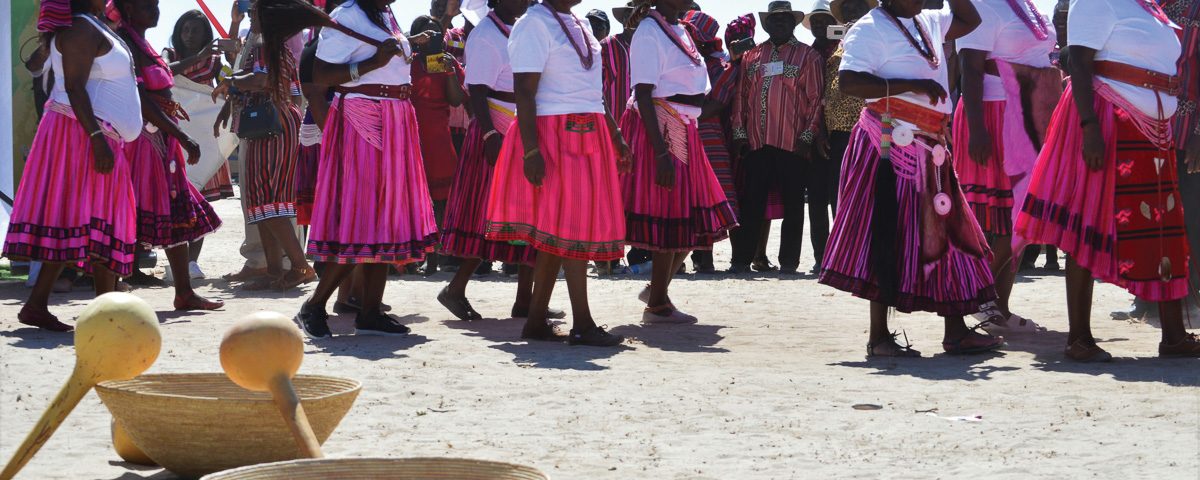
The Sijwa Project Approach to Sustainable Tourism
September 5, 2019
Getting to grips with LBJs
September 5, 2019With its rounded crown the Omugongo, or marula tree, is the most conspicuous tree at homesteads and in fields in Owamboland. Celebrated in praise songs and poems, it is by far the most important fruit tree in the area and is even protected by customary law. Its pivotal role was recognised when the Oshituthi shomagongo (Marula Fruit Festival) was inscribed in the UNESCO Representative List of the Intangible Cultural Heritage of Humanity in 2015.
Text and Photographs Willie Olivier
No other tree plays as important a role in the social and economic life of the Aawambo. What makes the marula tree truly remarkable and unique, though, is that virtually every part of it can be used.
FROM FRUIT TO JUICE TO DRINKS
The ripe fruit has a sweet-sour taste and can be eaten fresh or made into jams and jellies. But it is especially known for its use in producing omagongo, a refreshing wine made from the fermented juice of the marula.
The plum-sized fruits are usually produced from late January to April or May. When still green they drop to the ground and are left to ripen for two to four days. Women and young girls from the surrounding homesteads are invited to collect the fruit in piles under each tree and to sort them according to quality. Each tree’s fruits have a distinctive taste and are not usually mixed, except during years of poor harvest.
The extraction of the juice takes place in the morning and is a social event for the women. Singing, telling jokes and catching up on gossip, this tradition is an important occasion for them to teach the production process to the next generation.
The women use the sharp edge of a cow’s horn to pierce the fruit’s leathery skin and then twist around the nut. The juice is squeezed by hand into a clay pot, which is then covered with a cloth and stored in a cool, dry place to ferment for up to four days. The fermentation of the sweet fruit, however, takes longer. The alcohol content is usually between 4% and 4.5%. And of course, the ‘owner’ of the tree from which the fruits came will be compensated with some of the juice produced.
Omagongo is brewed by most families and the first brew was traditionally presented to the king or chief first. It is served to visitors and friends, and at weddings and other special occasions. Stored under the right conditions the omagongo can still be enjoyed after nearly a year.
For the teetotalers there is a marula juice alternative. When water is added to the squeezed fruit and left overnight, it produces a refreshing beverage called oshinwa, which is enjoyed by children and women.
NUTS, OILS, SKINS AND SHELLS
Rich in protein, with an oil content of 46% and tasting like walnuts, the kernels of the marula nut are eaten raw, roasted, or pounded in a mortar to extract the oil. The highly prized oil is presented to visitors as a gift. It is used during weddings, celebrations and feasts, and as body oil by women. It is served with various dishes or used in the preparation of food. The eedi (oil cake) that is left is also added to food or eaten as a snack. It is an important food supplement for elderly people who can no longer cultivate large omahangu fields.
The nuts are dried in the sun, then stored and processed after the main harvest. They are opened by holding them on an upturned axe blade and striking them with a wooden stick. Two or three kernels are extracted with a needle or a flattened nail.
With their rough surface the shells of the nuts are used as a substitute for sandpaper, and as the moving pieces (“cattle”) in the popular Owambo game owela. They are also used as a substitute for firewood.
During the process of extracting the marula fruit’s juice, its skins are set aside in separate piles to be used later as a supplement for livestock feed, especially in times of drought, and as a fertiliser for the crop fields. Then there are the leaves and branches of the tree, which are chewed as a remedy for coughs, or brewed to make a tea.
TOP TO BOTTOM
The author enjoying omagongo with Tate John Nekwaya in the latter’s olupale (reception area).
A clay pot filled with omagongo, alongside the traditional cup used to drink it. Omagongo is the fermented beverage made from the marula tree’s fruit.
The 2019 Oshituthi shomagongo was hosted by the Ongandjera traditional authority. The next festival is in 2020 and will be celebrated in Omabalantu.
Ceremonies at the start of the marula season were traditionally celebrated separately by the eight Aawambo communities until 2001, when the first combined ceremony was held in Ongandjera. The two-day ceremony is a celebration of the cultural heritage of the Aawambo. It preserves century-old traditions and indigenous knowledge, and unites the eight Aawambo communities. The program includes cultural performances as well as the narration of stories around the fire about the festival’s history and the history of the hosting community.
This article was first published in the Spring 2019 issue of Travel News Namibia.


